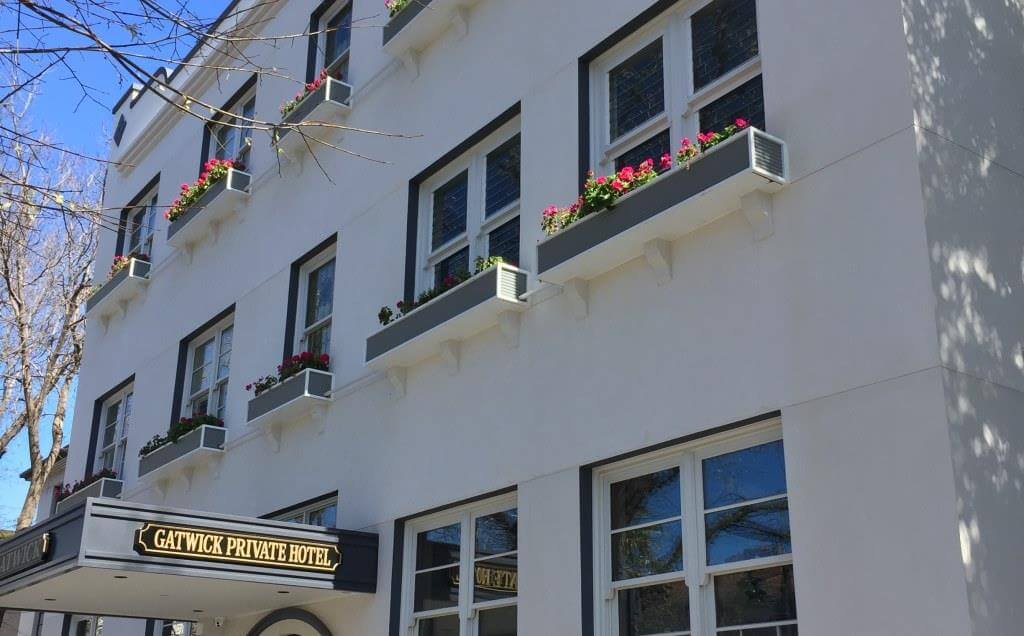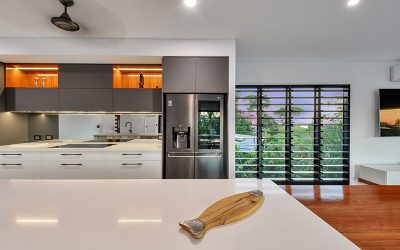Altair Louvres in Timber Framing as seen on The Block provide a stylish and practical solution for controlling light and airflow in any space. The use of timber framing not only adds a natural warmth and texture to the design, but also ensures durability and strength. Altair Louvres are known for their superior performance and versatility, and when combined with timber framing, they create a timeless and elegant look that enhances any home or building.
Why wood – wait – would you use timber over aluminium for framing? Many reasons actually, but one of the main advantages to utilising timber framing for windows is the high level of energy efficiency that timber offers as a building material. Microscopic air pockets within timber act as natural buffers heat and cold, giving it very strong thermal resistance. And it does this even before it’s called timber!
During a tree’s life it constantly takes in carbon dioxide from the atmosphere, converting it to oxygen and retaining the carbon within itself. This reduces carbon levels in the atmosphere, which is a good thing for everybody. Trees are pivotal to life itself, and without them we wouldn’t have any fresh air to let in through our louvres. The best bit? They’re self-renewable!
Timber doesn’t stop helping Breezway there either. Altair Louvres within a timber frame offer the best energy performance we have on a single glazed louvre. This performance is comparable to many double glazed aluminium systems on the market, and in some cases even better.
But what’s it like to actually work with? Well we as humans have been using it in construction, and even for the tools we use to do so, for as long as we’ve been scratching our heads. So we’ve pretty well got it down to a fine art by this point.
Timber is versatile and can be easily cut and shaped for desired effect, allowing for simple to craft and elegant designs that would not usually be afforded by extruded elements.
The only thing that might go against the grain for some, is that like all nice things, timber will require a bit more TLC than its industrial counterparts. Any element of timber construction should be periodically checked for gaps or cracks that might affect long-term sealing. These gaps should be cleaned out and sealed when they present themselves.
Timber should also be re-finished before the existing finish peeled and left raw timber exposed. At this time, the timber should be sanded back, and protective coatings reapplied. For external applications, Breezway recommend lighter finishes that will not absorb too much heat from the sun.
On a recent episode of The Block on Channel 9 it was shown how Altair Louvre Components can be effectively integrated into a timber frame. Even that of another window type!
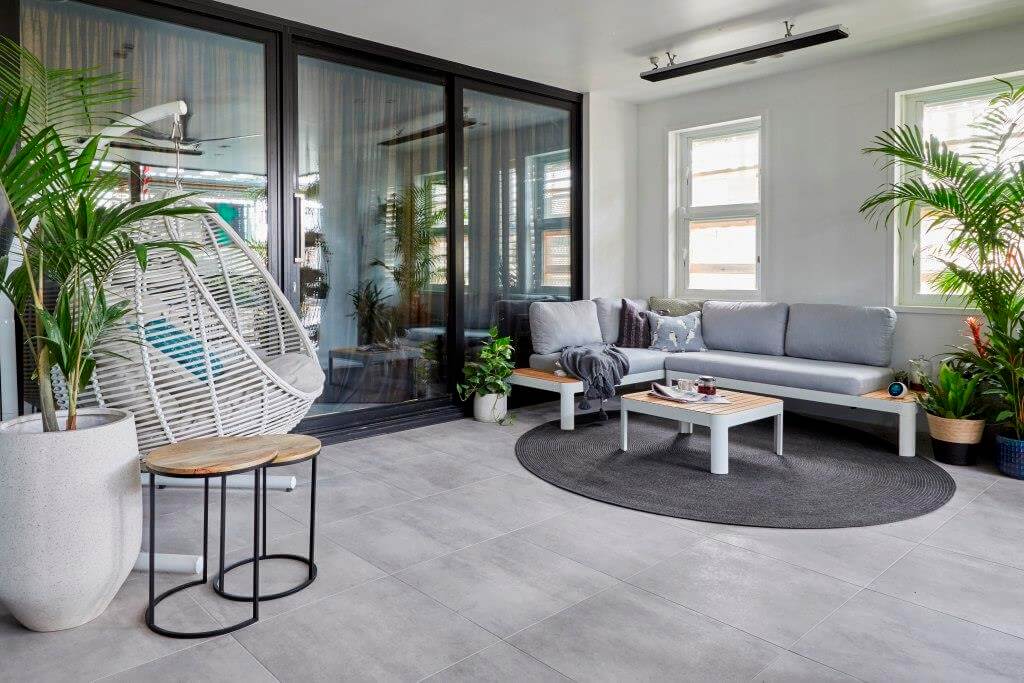
The louvres featured in the Terrace episode showed Altair Louvres installed at the old Gatwick Hotel into Stegbar Western Red Cedar, Double Hung Windows to keep in line with the heritage requirements of the Gatwick. However, this window type would only offer around half of the window size as ventilation. By implementing louvres within each panel of the double-hung window though, they can offer almost the entire opening as natural air flow.
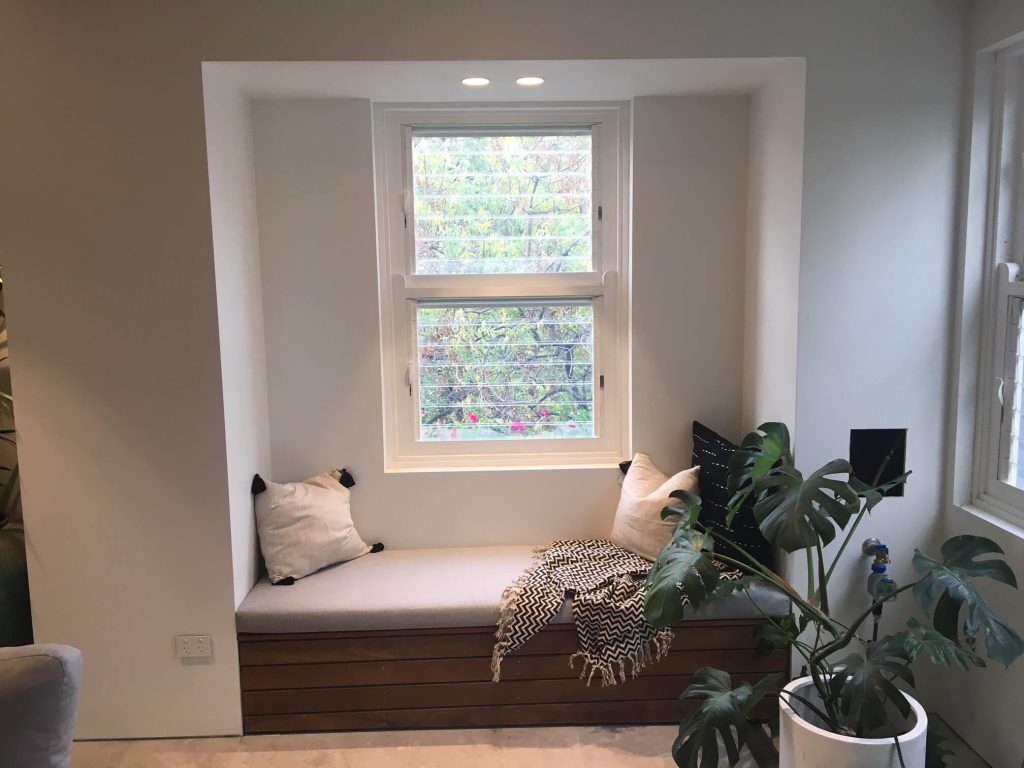
Would you like to see timber framed louvres like those seen on The Block in your own home? There are quality timber joiners all around Australia that regularly use Altair louvres in timber framing. Our Where-to-Buy page allows you to search for them based off postcode or suburb. Simply select “Timber Windows and Doors” from the category filter to refine your search. You can then lumber on down to any of their showrooms, to get a realistic feel of how they will look.
Or if you prefer a DIY approach, like the Blockheads on The Block, filter by “DIY Altair Component System Sales” to find suppliers of our componentry for you to use in your own timber frame. You can then follow our installation videos on this page here.
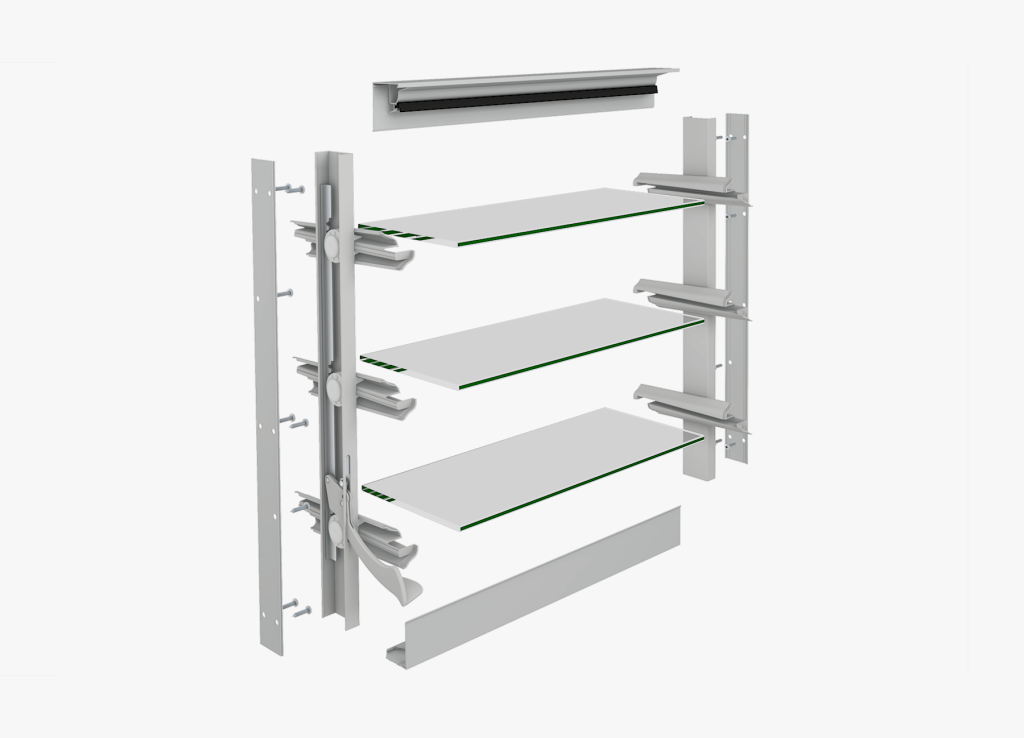
Breezway’s recommendation for a Timber Altair Louvre Window that will leave your friends green with envy, is to make use of Breezway backing strips which allow all louvre mechanisms to be integrated into the frame without visible fixings, while at the same time offering improved weather performance.
Consideration should also be given to the aesthetics, as there is no one branch to follow when it comes to how these should look. Would you look to colour match the framing with all louvre components, like the louvres on The Block? Or perhaps go for a bit of contrast by utilising a natural finish to harness they natural beauty of the timber and make those louvres stand out?


